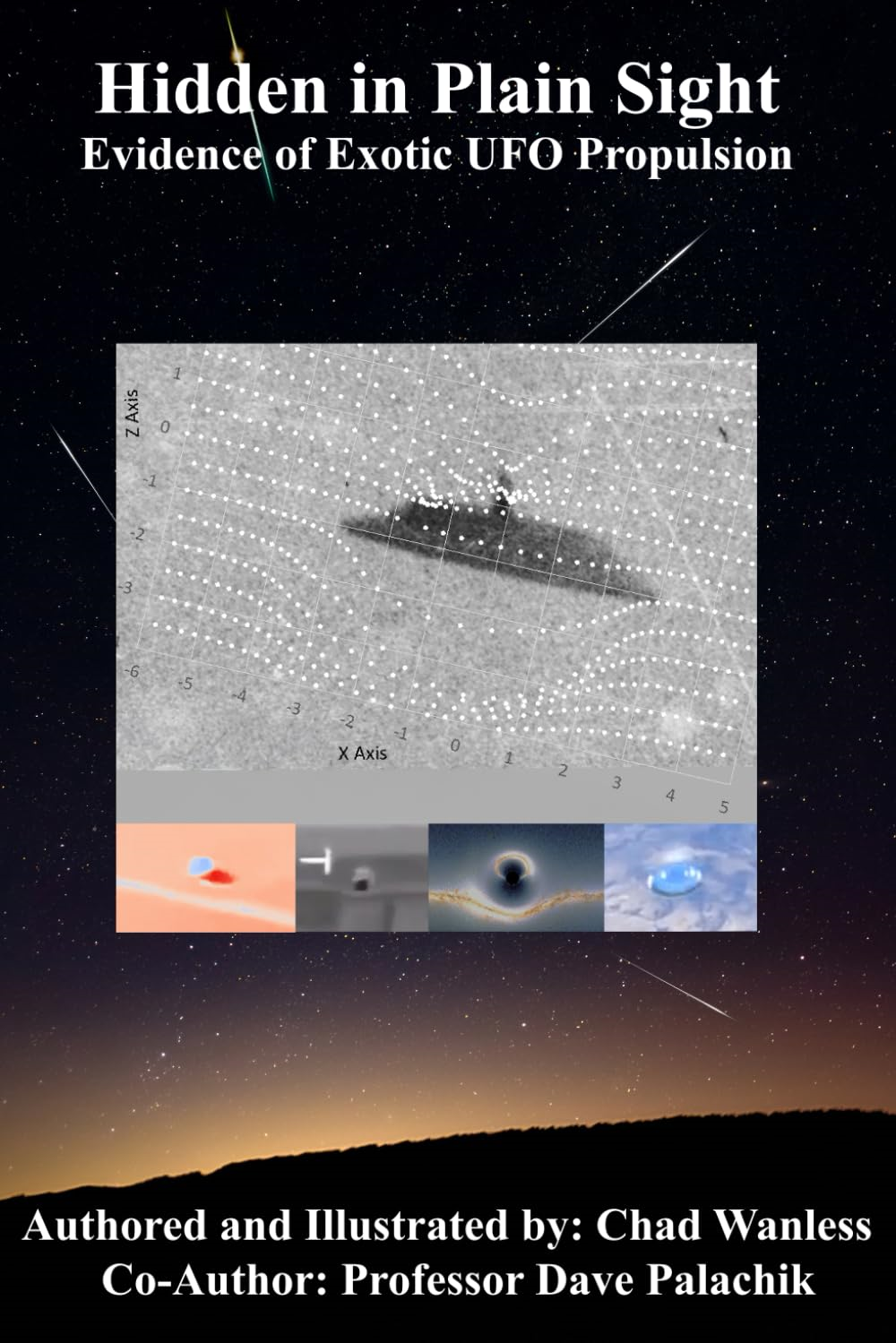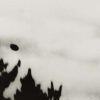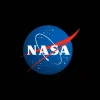NASA responds to job application from boy, 90
- From Around the Web, Space
- August 10, 2017
The youngster receives a letter after responding to an advert for the role of planetary protection officer.

The youngster receives a letter after responding to an advert for the role of planetary protection officer.
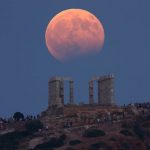
When the full Moon rose over Europe last night, it wasn’t its usual self. The normally bright lunar disk was dipped in shadow–a lunar eclipse.
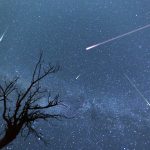
The full Moon is bright. So are Perseid fireballs. On Aug. 7th, a NASA meteor camera at the Kitt Peak National Observatory caught this Perseid meteoroid disintegrating over Arizona, easily visible in glaring moonlight.

For a few months in the fall of 1957, citizens of Earth could look up and see the first artificial star. It shone as bright as Spica, but moved across the sky at a much faster clip. Lots of people thought they were seeing Sputnik—Russia’s antennaed, spherical satellite, and the first thing humans had flung into orbit. But it wasn’t: It was the body of the rocket that bore Sputnik to space—and Earth’s first piece of space junk.

The sun’s core rotates nearly four times faster than the sun’s surface, according to new findings by an international team of astronomers. Scientists had assumed the core was rotating like a merry-go-round at about the same speed as the surface.

The total solar eclipse of 2017 is just three weeks away, and if you are planning a road trip to Idaho for the big event, you’re not alone.

More than 300 million people in the United States potentially could directly view the Aug. 21 total solar eclipse, and NASA wants everyone who will witness this celestial phenomenon to do so safely.

Washington County Commissioners have passed an Emergency Declaration ahead of the August 21 solar eclipse.

During the total solar eclipse on Aug. 21, skywatchers will direct most of their attention to the sun, but don’t forget about the moon: Its slow progress away from Earth means these celestial events won’t keep happening forever.
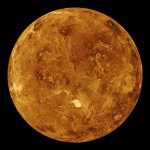
Second planet from the sun may have been watery millions of years after its birth, simulations suggest
